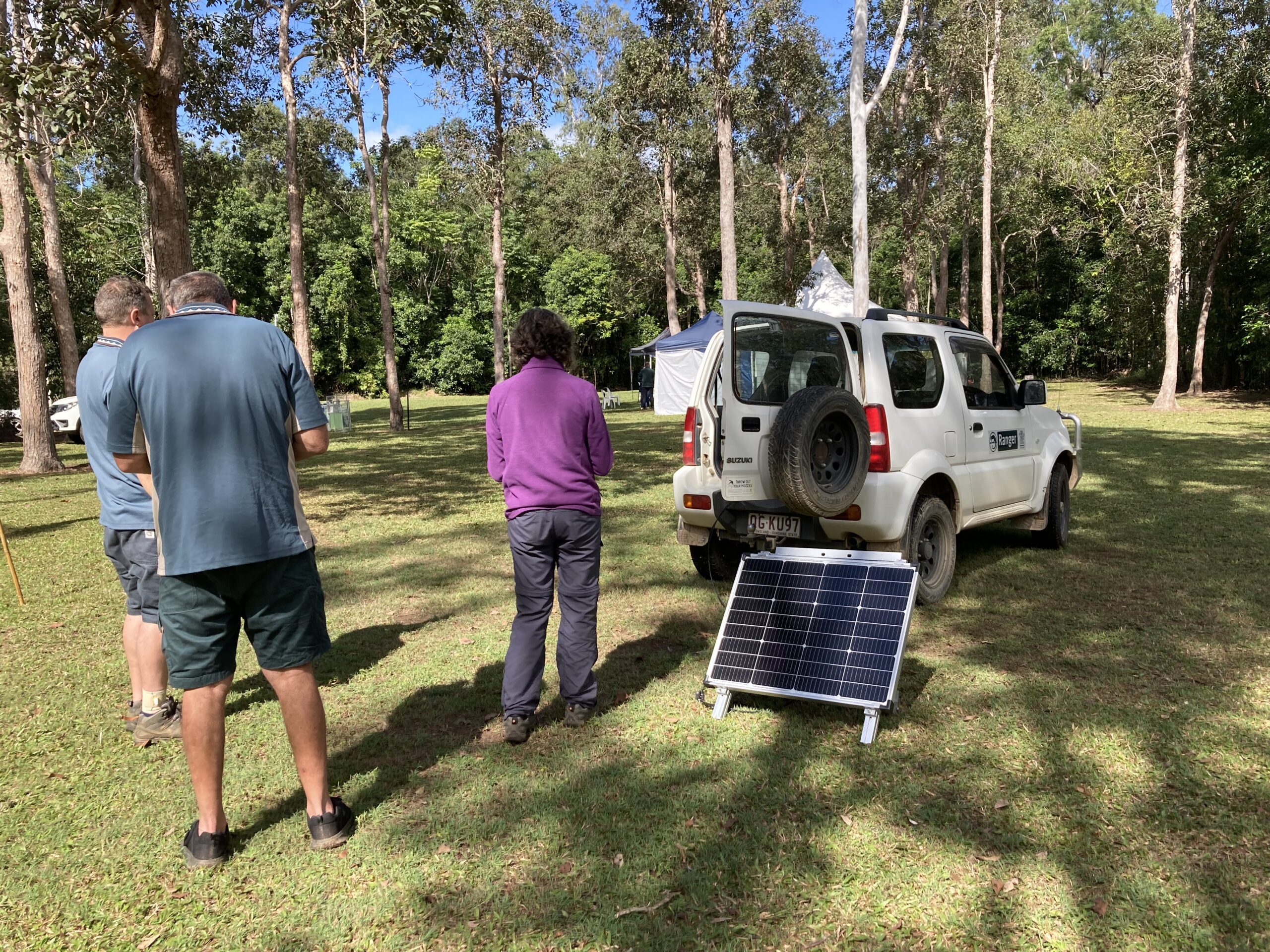Think of this post as a little helping hand when someone asks:
ACM or SAV? Dibond or Photo Anodised?
We like to offer our clients a range of material (or substrate) options when we’re creating their graphics. But, we’re aware that there’s a lot of confusion surrounding graphic lingo. The following is a quick-and-dirty glossary to help you better understand your possibilities. Any questions? Flick us an email or call us and we can supply more details and images. This is by no means all we have to offer but a tidy set of some common graphic options.
Aluminium Composite Material (ACM)
ACM panels consist of two thin aluminium sheets bonded to a non-aluminium core. This substrate is specifically developed for UV digital printing. It’s lightweight and rigid. We often refer to ACM prints in context of expo stands; e.g., we affix ACM prints to Aluvision frames to create wall graphics.
*Dibond is the brand name of brushed ACM. It’s finished with a high-quality lacquer that guarantees perfect printing. Dibond weathers extremely well, with high UV resistance and excellent stability within a range of temperatures.
Direct Printing
Direct printing refers to applying inks directly to a substrate, instead of applying inks to a panel/plate that’s then applied to the substrate. To direct print to metal, the metal panel has to be coated (which acts like a primer) and then inks are applied and ‘fix’ to the coating. Direct printing is more robust than most methods and we like to use it for external signage.
Fabric or Banner
Fabric or banner graphic simply refers to graphics printed to fabrics. As there are multitudes of fabrics, there are many ‘types’ of graphics. For example, we can create graphics that resemble a solid sign when a matte, dense fabric is stretched in a frame. Or, we can print to ‘lighter’ fabrics to create airy, semi-transparent graphics or even lightboxes.
Laminate
Laminate is a durable surface protection film designed to protect graphics from scratches and graffiti. Laminates can have a glossy or matte finish. Some have anti-graffiti properties, meaning harsher solvents can be used on the laminate to remove graffiti without damaging the underlying graphic.
Photo Anodised
With photo anodised prints, aluminium panels are embedded with images. Dyes are actually fixed in the ‘pores’ of the aluminium panels, resulting in unsurpassed durability.
Polyvinyl Chloride (PVC)
PVC is a strong plastic material often used for printing ID cards. It also comes in a foam format that we use to print larger graphics. It offers a smooth finished surface, meaning that color and branding details show up vividly.
Self-Adhesive Vinyl (SAV)
Self-adhesive vinyl is a thin, flexible and pressure-sensitive adhesive made with vinyl polymer. The material can be used in a digital printing to create vibrant designs and images, and readily absorbs certain types of ink. Self-adhesive vinyl sheets can be cut into almost any shape and size. We love it for its variety of applications and flexibility.
Pop Quiz!
How many print processes can you spot in this MPS Expo Stand? >




